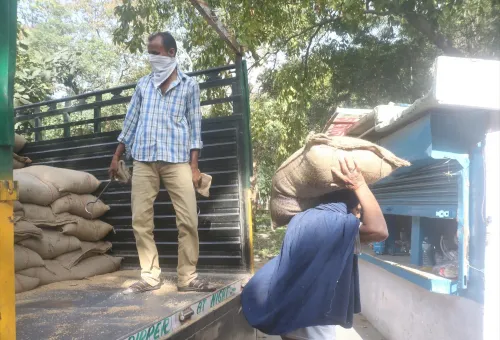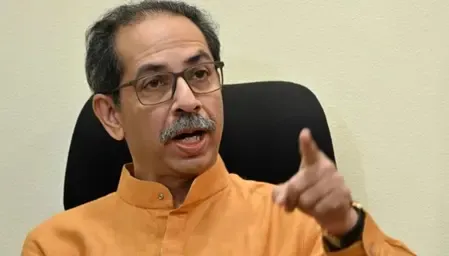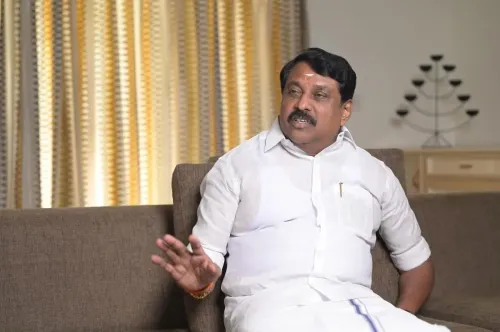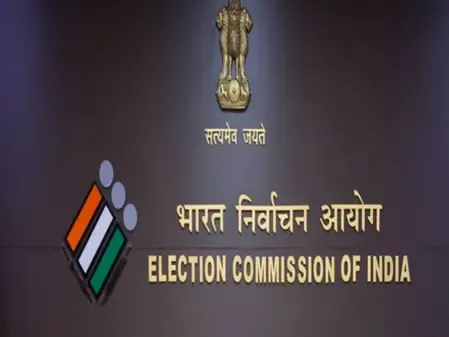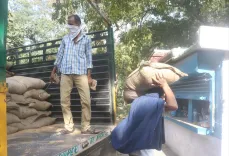What Justified the Delhi Blast Bomber's Suicide Attacks?
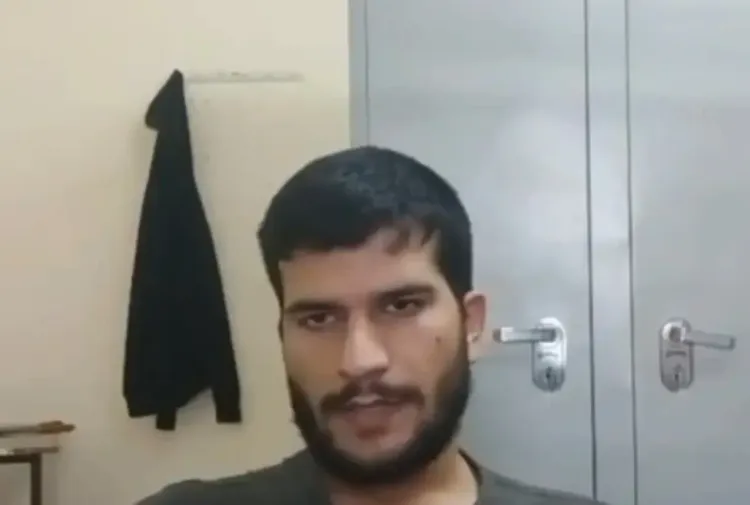
Synopsis
Key Takeaways
- Dr. Umar Mohammad advocates for suicide bombings as 'martyrdom operations.'
- The Delhi Red Fort attack resulted in 13 fatalities.
- Umar was part of the Jaish-e-Mohammad terror module.
- Authorities seized nearly 3,000 kg of potent explosives.
- Umar's ideology reflects a dangerous trend in modern terrorism.
New Delhi, Nov 18 (NationPress) In a widely circulated video, the individual behind the Delhi Red Fort explosion, Dr. Umar Mohammad, articulates his views on suicide bombing, describing it as a profoundly misunderstood concept. He claims that what is often termed suicide bombing is essentially a ‘martyrdom operation’.
This revelation sheds light on his mentality. Contrary to certain claims, Umar had comprehensive plans for executing a large-scale suicide bombing. He elaborates that a ‘martyrdom operation’ is one where an individual believes they will meet their end at a specific location and time.
Umar addresses various arguments against suicide bombings and the contradictions surrounding this issue.
On November 10, he was in the vehicle that detonated near the Red Fort, resulting in the deaths of at least 13 individuals.
Investigators analyzing the video suspect it was recorded to convey a significant message, aiming to radicalize individuals to embrace violence and conduct suicide missions.
Umar's perspective indicates a belief that suicide bombings are the most effective form of attack, a tactic commonly employed by extremist organizations such as the Islamic State and Hamas.
This video is currently under scrutiny by law enforcement agencies, as it may yield further insights into the ideologies and intentions behind the attacks.
Authorities have identified Umar as the most radical member of the Faridabad module. He was self-radicalized and voluntarily joined the Jaish-e-Mohammad's terror cell.
Umar played a crucial role in both the planning and execution of the attacks, intending to orchestrate a series of strikes in and around Delhi.
It is believed that Umar may have acted impulsively after the Faridabad module was dismantled, triggering the car bomb in a crowded area. The original strategy involved ramming the vehicle into the Red Fort on January 26.
Prior to the explosion, the module had intended to conduct a suicide bombing on several occasions, initially scheduled for August 15 but postponed due to heightened security measures. A subsequent target date of December 6 was also considered, along with discussions about a potential strike on January 26 of the following year. However, the premature bombing on November 10 occurred following the disruption of the Faridabad module.
During police operations, nearly 3,000 kilograms of ammonium nitrate, combined with Triacetone triperoxide (TATP), were confiscated. This combination significantly enhances the explosive's potency.
Due to the volatile nature of the seized explosives, which were stored at the Nowgam police station in Jammu and Kashmir, an accidental detonation resulted in several fatalities. This explosion occurred before forensics could arrive at the police station.

